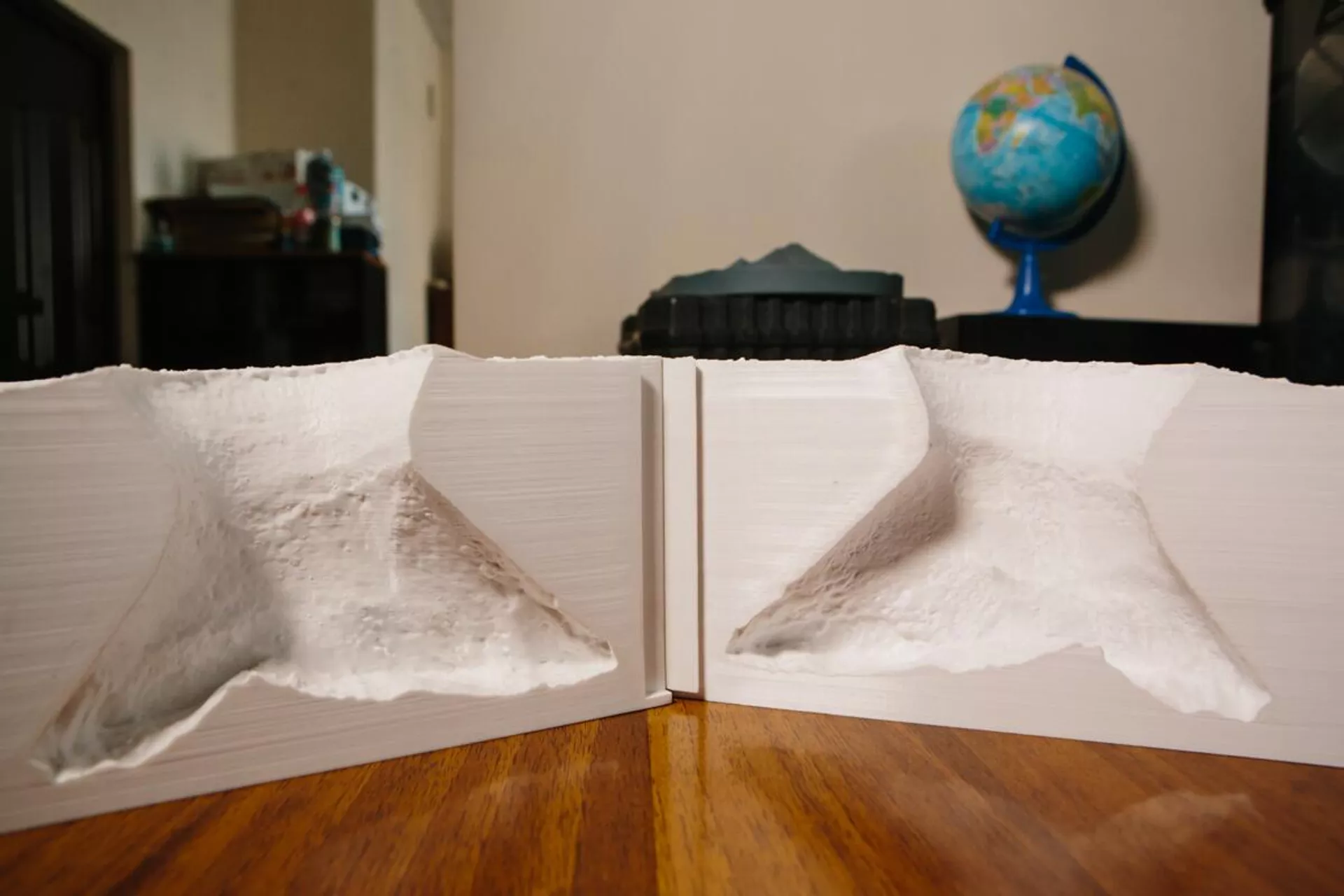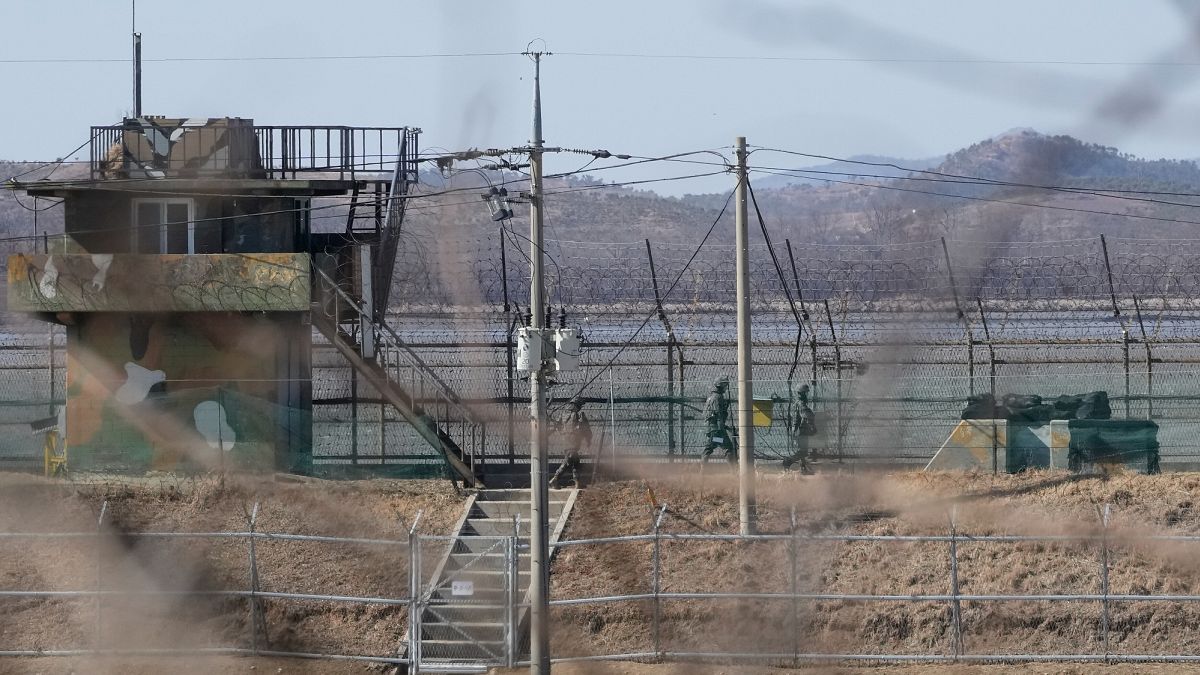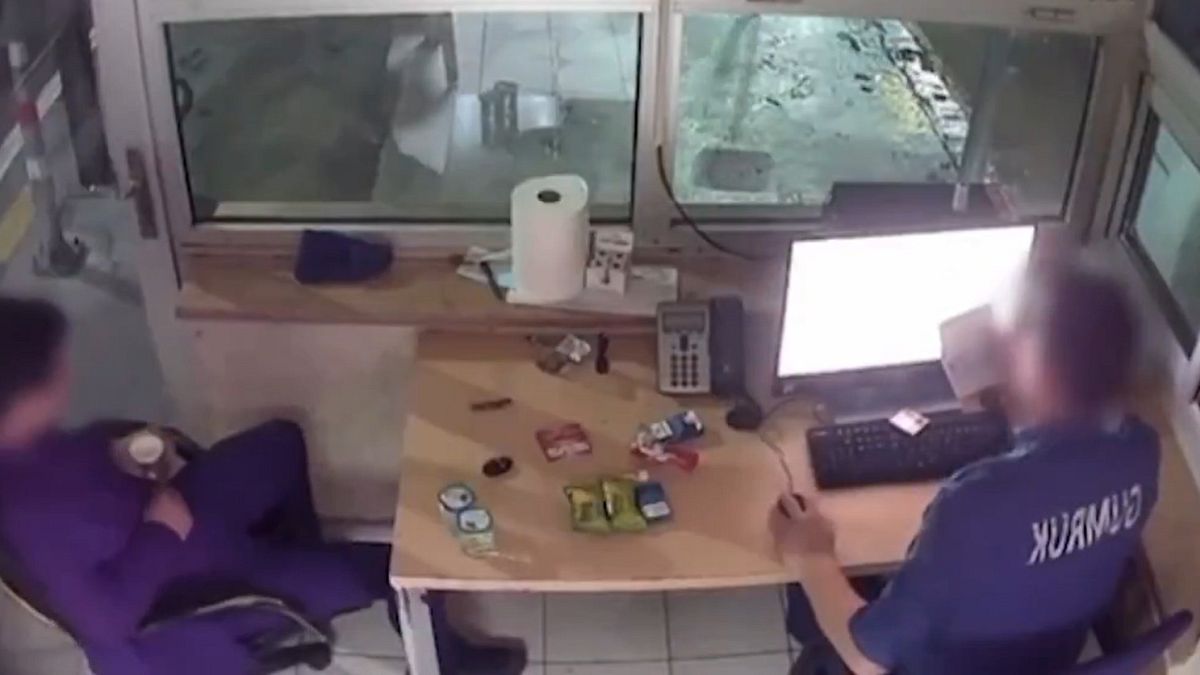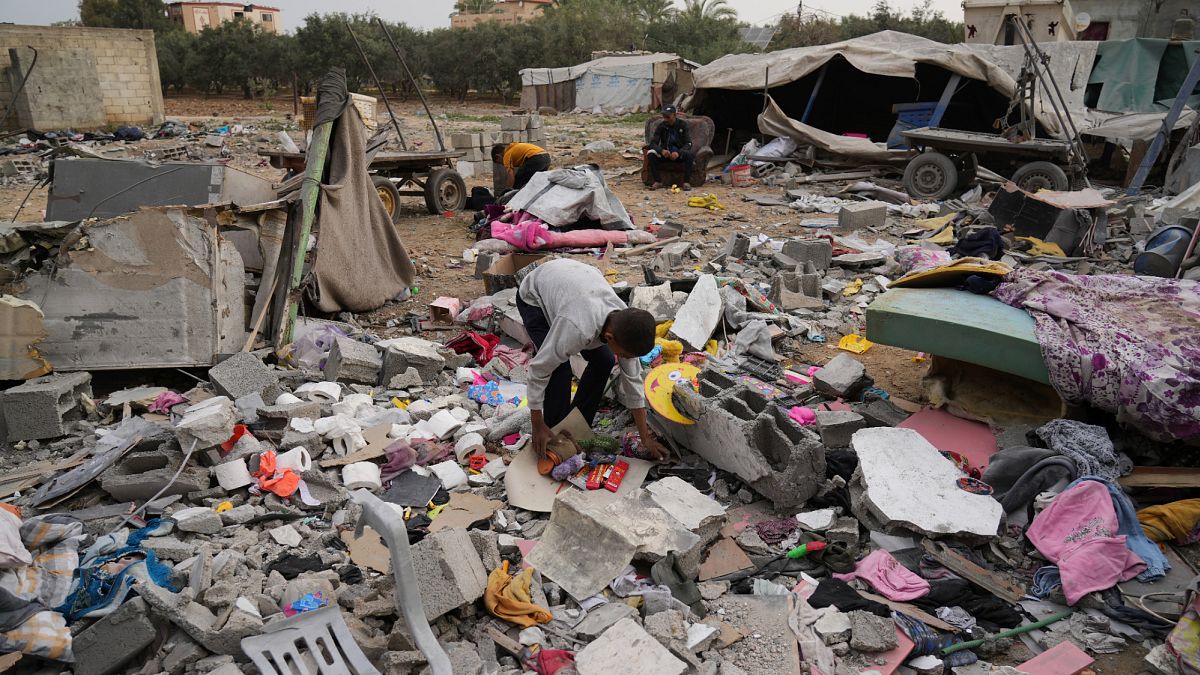“One of the principle reasons why Russia is actively expanding its activities in the Arctic is the extraction of hydrocarbons: oil and natural gas. The Arctic is incredibly rich in oil and gas, both on the sea shelf and on the adjacent land,” Bogoyavlensky explains.
In order for the natural resources extraction to run smoothly, all of the parties involved must consider the risk of potential disasters that may befall operations in this harsh climatic zone.
“Our primary goal is to increase the efficiency and environmental safety of the oil and gas industry, especially in the Arctic where it is very difficult to operate,” he said. “Simply put, our primary goal is to prevent a [manmade] disaster in the Arctic.”
A catastrophic oil spill in the Arctic, like the infamous Exxon Valdez disaster in 1989, would be much more difficult to clean up compared to a similar catastrophe in a warmer climatic zone, the scientist explains.
© Photo : Scientific Russia / Olga MerzlyakovaVasily Bogoyavlensky

Vasily Bogoyavlensky
© Photo : Scientific Russia / Olga Merzlyakova
For example, we simply lack the technology for effective oil spill cleanup during polar night. Oil seeping under Arctic ice would pose additional challenges.
“The oil would then drift with the ice, ending up near the Canadian shores or near Greenland in a year or two,” Bogoyavlensky explains. “Thus we cannot allow such a disaster in the Arctic to occur.”
Oil spills that might occur due to breakdowns on oil pipelines in the Arctic must also be prevented, he adds.
Manmade disasters aside, there is also the threat of gas emission that occurs when pockets of gas build up below the permafrost and suddenly erupt, leaving large craters in their wake.
“This is a very dangerous phenomenon. If such powerful gas emission occurs underwater and a ship is positioned above the crater where the emission is taking place, nothing good will come out of it. Such scenario was modelled in specialized pools. Turns out that, if the volume of the emitted gas is comparable to the tonnage of the vessel, the ship would inevitably perish,” Bogoyavlensky warns, pointing out that the amount of gas discharged during such events usually vastly surpasses the tonnage of even the largest LNG tankers.
Gas emissions that occur on land are dangerous as well, both because anything on top of such gas pocket during the emission would be blown away and the fact that the erupting gas could ignite.
“Oil workers have been observing such eruptions for a long time. For example, during the Soviet era, sudden gas emissions could occur during drilling of wells at new deposits, and craters up to several hundred meters wide would form,” Bogoyavlensky recalls. “The largest crater caused by the emission of hydrocarbons was spotted in Mexico, on the coast of the Gulf of Mexico, where underground fluids have been erupting and flowing into the sea for over 100 years. The diameter of that crater is about 500 meters.”
Russian scientists currently work together with Moscow's energy corporation Gazprom to develop the means of detecting the “dangerous underground processes” involved in the formation and eruption of such gas pockets, which may not always be the product of Mother Nature alone.
© Photo : Scientific Russia / Olga MerzlyakovaA 3D model of the underground cavity at a gas emission crater near Bovanenkovo, Russia.

A 3D model of the underground cavity at a gas emission crater near Bovanenkovo, Russia.
© Photo : Scientific Russia / Olga Merzlyakova
For instance, natural gas may end up seeping into the ground from a well, if the quality of a well’s walls is poor, and then push to the surface just as a naturally-formed gas pocket.
Such eruptions, aside from damaging the environment, would cost the extracting company billions of dollars due to tens of billions of cubic meters of gas being simply vented into the atmosphere, Bogoyavlensky notes.
In order to avoid such catastrophic scenarios, scientists employ methods such as drone surveillance, georadar detection, seismic survey and sonar to investigate elevations of the ground (possible sign of an emerging gas pocket) in the vicinity of cities and infrastructure such as railways and oil and gas pipelines.
“The distance from one such elevation to a natural gas pipeline is 16 meters. If that elevation were to explode, there is a high probability that it would damage the pipeline,” Bogoyavlensky says.
According to him, Bogoyavlensky and his colleagues worked together with Gazprom to improve the efficiency and technological and environmental safety of extraction operations “in terms of monitoring possible borehole annulus crossflow [of hydrocarbons] and the formation of naturally occurring and manmade deposits.”
The technology designed to monitor the potential crossflow of natural gas has already been patented and is ready to be implemented at a hydrocarbon deposit in the Gulf of Ob, he adds.

 5 months ago
43
5 months ago
43






 We deliver critical software at unparalleled value and speed to help your business thrive
We deliver critical software at unparalleled value and speed to help your business thrive






 English (US) ·
English (US) ·